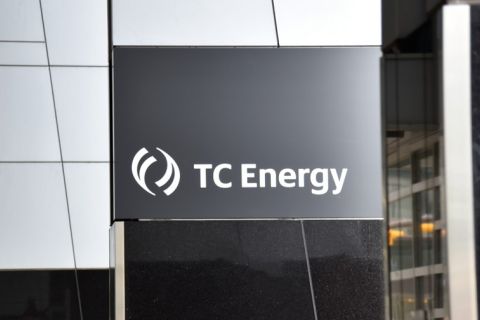U.S. oil and gas operators have tossed a lot of tradition out the window in the past five years, according to analysts at IHS Energy. For some companies, managing above-ground risk has become more important than managing downhole risk, Pete Stark, vice president of industry relations, said at a recent program in Houston. Also, their focus has changed from conventional resources to unconventional; exploration spending is a smaller portion of total capex spending; capex has switched from onshore to offshore and from offshore to deep water; and national oil companies (NOCs) have become a major factor in the industry, he said. The NOCs held less than 10,000 square kilometers of land outside their boundaries in 1993; they held approximately 125,000 in 2003, and the figure continues to grow. Much of that new territory is in onshore projects, arranged through political relationships. In March 2004, NOCs were partners in 202 E&P contracts involving two or more NOCs, up from 144 in 2000. Some non-national operators may look at NOCs as competitors for international properties, while others may see them as potential partners in large projects or buyers of assets, Stark said. Meanwhile, Latin America today looks more like 1983 than 1993, said Terry Hallmark, IHS Energy director of political risk and policy assessment. The industry expected those countries to move toward open markets, but some countries have regressed. Examples include the gas referendum in Bolivia that essentially would take ownership of resources away from companies and give them to the state, and Ecuador, where the government rescinded the value-added-tax reimbursement on purchases of supplies. Asia, Kazakhstan, Uzbekistan and Turkmenistan are still run by autocrats, he said, and Russia is moving to concentrate its control over resources with the confiscation of Yukos' biggest asset and the subsequent sale to a government-controlled oil company. It was the first manifestation of nationalization since 1985, Hallmark said. Russia may be moving toward the Persian Gulf model where private companies may not own a significant share of hydrocarbons and the state maintains control, Hallmark added. IHS Energy studied trends among 24 non-major producers: 13 U.S., five Canadian, three Australian and one each from Austria, Germany, Norway and the U.K. Those independents chose the U.K., Australia, The Netherlands, Argentina and Pakistan to acquire the largest number of contracts outside their home countries, said Ken Chew, vice president of industry performance and strategy. At the bottom of the list, with the fewest contract acquisitions, were Spain, Qatar, China, Italy and Bolivia. During the past five years, non-majors have moved into Australia, The Netherlands, Syria, Argentina and Libya most heavily, while moving out of Italy, the U.S., Papua New Guinea, the Timor Sea and Bangladesh, Chew said. Offshore, during 1999-2003, the percentage of deepwater contracts-compared with onshore and shallow-water contracts-climbed erratically from 17% to 33%. Chew said success rates have been good with two discoveries for every five wildcats drilled overall. Non-majors were successful at 50% of their deepwater wells or more. The 25 independents looking for big strikes in the past five years scored best in Indonesia, with some 2.9 billion barrels of oil equivalent booked, followed by Angola, Egypt, Australia and Thailand. The least favorable countries for discoveries by independents were Brazil, Bangladesh, Colombia, Yemen and Algeria. Among individual companies, Woodside Petroleum sat at the top of the list with more than 50 million barrels of oil equivalent in reserves found or acquired, aided by discoveries offshore Mauritania. Runners up were Marathon Oil, Murphy Oil, Unocal and BG Group.
Recommended Reading
Pembina Pipeline Enters Ethane-Supply Agreement, Slow Walks LNG Project
2024-02-26 - Canadian midstream company Pembina Pipeline also said it would hold off on new LNG terminal decision in a fourth quarter earnings call.
TC Energy's Keystone Oil Pipeline Offline Due to Operational Issues, Sources Say
2024-03-07 - TC Energy's Keystone oil pipeline is offline due to operational issues, cutting off a major conduit of Canadian oil to the U.S.
TC Energy’s Keystone Back Online After Temporary Service Halt
2024-03-10 - As Canada’s pipeline network runs full, producers are anxious for the Trans Mountain Expansion to come online.
TC Energy, Partner Sell Portland NatGas Transmission System for $1.14B
2024-03-04 - Analysts expect TC Energy to make more divestitures as the Canadian infrastructure company looks to divest roughly $2.21 billion in assets in 2024 and lower debt.
Early Startup of Trans Mountain Pipeline Expansion Surprises Analysts
2024-04-04 - Analysts had expected the Trans Mountain Pipeline expansion to commence operations in June but the company said the system will begin shipping crude on May 1.



